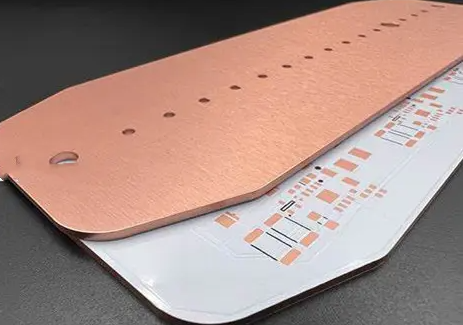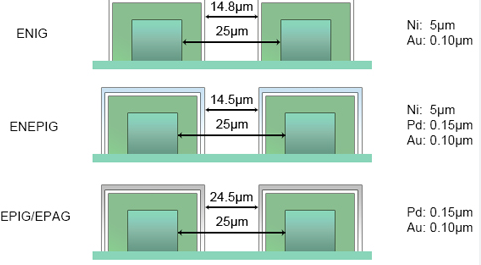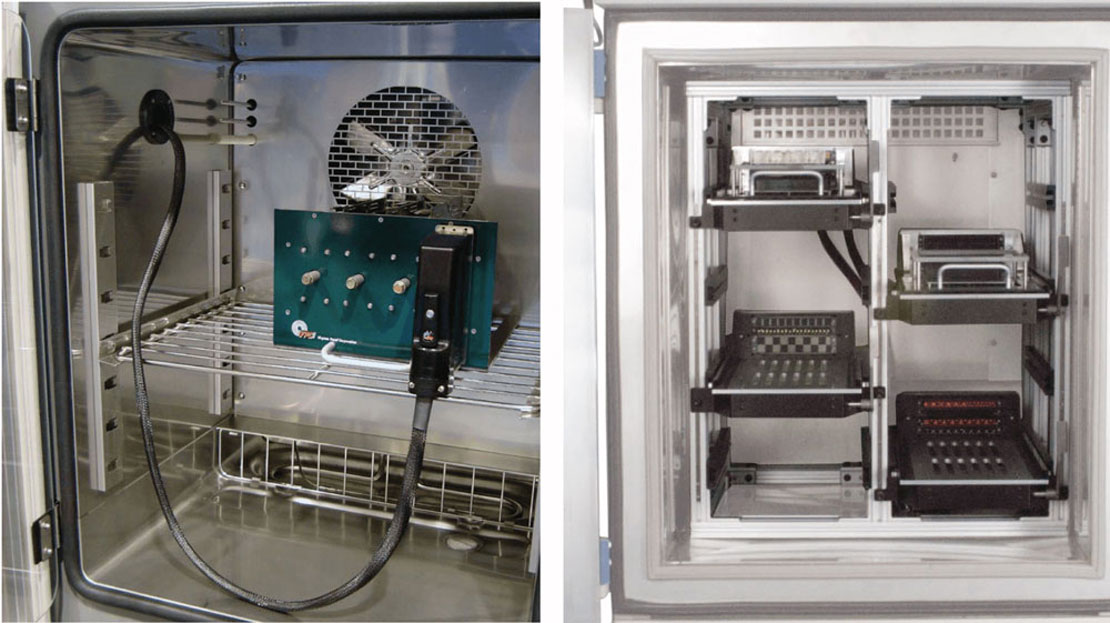If you're looking into aluminum PCBs for your next project, you're likely wondering about the costs involved. The price of an aluminum PCB can vary widely depending on several factors, but on average, you can expect to pay between $0.50 to $3.00 per square inch for standard designs, with additional costs for prototypes and complex features. In this detailed guide, we'll break down the aluminum PCB price, explore factors affecting aluminum PCB cost, and provide insights into aluminum PCB prototype cost, aluminum PCB manufacturing cost, and tips for cost-effective aluminum PCB design. Whether you're an engineer or a project manager, this post will help you understand what drives the pricing and how to plan your budget effectively.
Introduction to Aluminum PCBs and Their Importance
Aluminum PCBs, also known as metal core PCBs, are a specialized type of printed circuit board that uses an aluminum base instead of the traditional FR4 material. This metal base provides excellent thermal conductivity, making these boards ideal for applications like LED lighting, power supplies, and automotive electronics where heat dissipation is critical. However, the unique properties of aluminum PCBs come with specific cost considerations that differ from standard PCBs.
Understanding the aluminum PCB price is essential for budgeting and ensuring your project stays cost-effective. Costs can be influenced by design complexity, material choices, and production volume, among other factors. In the sections below, we'll dive deep into each aspect of the aluminum PCB cost breakdown to give you a clear picture of what to expect.

What Makes Up the Aluminum PCB Price?
The aluminum PCB price is not a single, fixed number. It’s a combination of several components, from raw materials to manufacturing processes. Here's a breakdown of the key elements that contribute to the overall cost:
1. Material Costs
The primary material in an aluminum PCB is, of course, the aluminum base. Aluminum is chosen for its thermal conductivity, which can range from 1.0 to 2.0 W/m·K for standard boards, compared to FR4’s much lower 0.3 W/m·K. The cost of aluminum itself fluctuates based on global market trends, but it typically accounts for 20-30% of the total material cost. Other materials, such as the dielectric layer (which insulates the aluminum from the copper traces) and the copper foil, also add to the price. For instance, a thicker copper layer (e.g., 2 oz instead of 1 oz) can increase costs by 10-15% due to the higher material usage.
2. Design Complexity
The complexity of your design directly impacts the aluminum PCB manufacturing cost. A simple single-layer board with basic routing will cost significantly less than a multi-layer design with intricate patterns or high-density interconnects. For example, adding vias or microvias for better connectivity can increase costs by $0.10 to $0.50 per square inch, depending on the density and precision required.
3. Board Size and Thickness
Larger boards require more material and processing time, driving up the aluminum PCB price. A standard thickness for aluminum PCBs is 1.6mm, but thicker boards (e.g., 2.0mm or more) for heavy-duty applications can add 5-10% to the cost. For a 10x10 inch board, you might pay $50-$100 more if you increase the thickness beyond the standard range.
4. Surface Finish and Additional Features
Surface finishes like ENIG (Electroless Nickel Immersion Gold) or HASL (Hot Air Solder Leveling) protect the copper traces and ensure solderability. ENIG, a premium finish, can add $0.20 to $0.50 per square inch to the cost due to its durability and corrosion resistance. Additional features like silkscreen printing for labels or conformal coating for environmental protection also contribute to the final price, typically adding 5-8% to the total.

Factors Affecting Aluminum PCB Cost
Several external and internal factors can influence the overall aluminum PCB cost. Understanding these can help you make informed decisions to keep expenses in check while meeting your project requirements. Let’s explore the main factors affecting aluminum PCB cost:
1. Production Volume
Volume plays a significant role in determining the aluminum PCB manufacturing cost. Small batch orders or prototypes are more expensive per unit because setup costs (like tooling and programming) are spread over fewer boards. For instance, a single prototype might cost $5 per square inch, while ordering 1,000 units could drop the price to $1 per square inch. Bulk production often benefits from economies of scale, reducing material and labor costs per board.
2. Turnaround Time
If you need your aluminum PCBs quickly, expect to pay a premium. Expedited manufacturing can increase costs by 20-50%, depending on the deadline. Standard lead times are typically 7-14 days, but rush orders with 2-3 day turnarounds will add to the aluminum PCB price due to prioritized production and shipping.
3. Customization and Special Requirements
Custom shapes, cutouts, or specific thermal performance requirements can drive up costs. For example, a board designed for high-power LED applications might need a dielectric layer with a thermal conductivity of 2.2 W/m·K or higher, which can increase material costs by 15-20%. Similarly, non-standard shapes or slotted designs for better heat dissipation require additional machining, adding to the labor and time expense.
4. Testing and Quality Assurance
Ensuring reliability through testing (like electrical testing or thermal cycling) adds to the cost but is often necessary for critical applications. Basic electrical testing might add $0.05 to $0.10 per square inch, while more extensive thermal or environmental testing could increase costs by $1 per unit or more, depending on the complexity.

Aluminum PCB Prototype Cost: What to Budget For
Prototyping is a crucial step in any electronics project, allowing you to test designs before full-scale production. However, the aluminum PCB prototype cost can be higher than expected due to low volume and setup fees. Here’s what you need to know:
For a basic aluminum PCB prototype, costs typically range from $50 to $200 for a small board (e.g., 5x5 inches), depending on the design complexity and turnaround time. This price includes the setup fee, which can be $30-$100 on its own, as well as material and manufacturing expenses. If your prototype requires advanced features like a specific surface finish or tight tolerances (e.g., ±0.1mm for trace widths), the cost can climb to $300 or more per board.
To manage the aluminum PCB prototype cost, consider simplifying your design for the initial prototype. Focus on core functionality and avoid unnecessary customizations until you’re ready for production. Additionally, ordering multiple prototypes at once can reduce the per-unit setup cost, even if you’re only testing a few variations.
Aluminum PCB Manufacturing Cost: Scaling Up Production
Once your prototype is finalized, moving to full-scale production shifts the focus to aluminum PCB manufacturing cost. As mentioned earlier, higher volumes generally lower the per-unit price due to economies of scale. For a mid-range order of 500-1,000 units, you might pay $1.50 to $2.50 per square inch for a standard single-layer aluminum PCB with a basic finish.
However, manufacturing costs can still vary based on the factors discussed earlier, such as board size, thickness, and additional features. For high-volume orders (10,000 units or more), costs can drop below $1 per square inch, especially if the design is optimized for efficient production. Working closely with your manufacturer to standardize components and minimize customizations can further reduce expenses during this phase.
Cost-Effective Aluminum PCB Design: Tips to Save Money
Designing with cost in mind is one of the best ways to manage the aluminum PCB price without sacrificing quality. Here are actionable tips for cost-effective aluminum PCB design:
1. Simplify Your Layout
Keep your design as simple as possible by minimizing the number of layers and avoiding complex routing. For example, if a single-layer board can meet your thermal and electrical needs, avoid opting for a double-layer design, which can increase costs by 30-50%.
2. Optimize Board Size
Reduce the overall dimensions of your board to use less material. Even a small reduction, like going from 6x6 inches to 5x5 inches, can save 20-30% on material costs. Additionally, panelizing multiple small boards onto a single larger panel during production can lower manufacturing expenses.
3. Choose Standard Materials and Finishes
Stick to standard aluminum grades and dielectric materials unless your application demands specialized options. Similarly, opt for cost-effective surface finishes like HASL instead of premium options like ENIG if corrosion resistance isn’t a critical factor. This can save $0.10-$0.30 per square inch.
4. Plan for Volume Production Early
Design with scalability in mind. Avoid features that are difficult or expensive to replicate in high-volume production, such as non-standard cutouts or overly tight tolerances. Discussing your design with your manufacturer during the prototype phase can help identify potential cost-saving adjustments.
Conclusion: Planning Your Aluminum PCB Budget
Navigating the aluminum PCB cost breakdown doesn’t have to be overwhelming. By understanding the factors affecting aluminum PCB cost—such as material choices, design complexity, production volume, and turnaround time—you can make informed decisions that balance quality and budget. Whether you’re working on an aluminum PCB prototype cost for initial testing or scaling up to full aluminum PCB manufacturing cost for production, careful planning and cost-effective aluminum PCB design strategies can save you significant expenses.
Start by evaluating your project’s specific needs, from thermal performance to size constraints, and use the tips provided to optimize your design. With a clear grasp of the aluminum PCB price and how each element contributes to the total, you’ll be well-equipped to manage costs and deliver successful projects. If you’re ready to start, reach out to a trusted manufacturer to discuss your design and get a detailed quote tailored to your requirements.
 ALLPCB
ALLPCB







